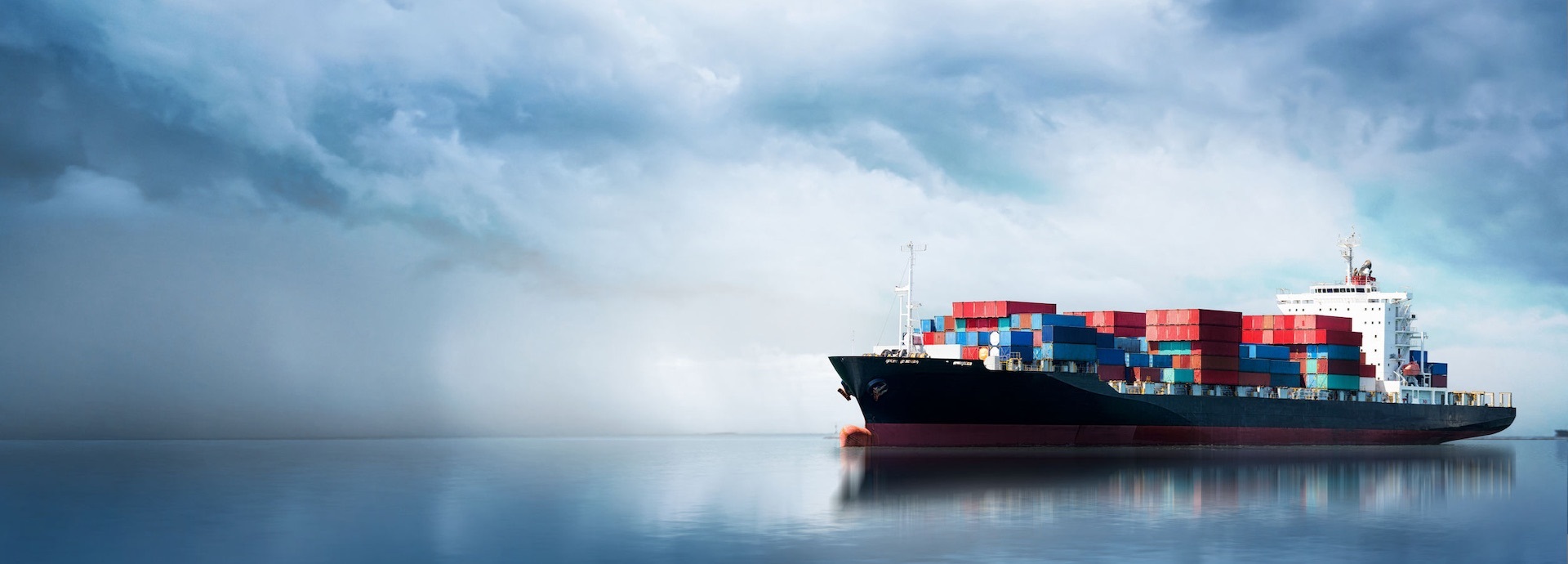

In May 2022, France ran out of mustard. The country’s most famous condiment has been available through revolutions and world wars. However, heatwave-induced droughts in Canada - the world’s largest mustard seed exporter, failing domestic harvests due to wet winters and cold springs, and the war in Ukraine (France's back-up supplier) have left shelves empty.
From mustard-less vinaigrettes to popcorn-less cinemas, climate-strained supply chains are having major repercussions on global food supply and worldwide trade. Faced with more extreme weather disruptions, it’s time to make supply chains more resilient.
The fragility of the global supply chain
Global supply chains have evolved to advantage of easily available labour, lower manufacturing costs and, in the case of food production, better growing conditions. Yet, the longer the link, the more potential bottlenecks, the greater the risk of disruption.
In January 2022, for example, a Resilinc report found that supply chain disruptions had increased 88% by the end of 2021. The Covid-19 pandemic caused havoc to supply chains by closing borders, restricting movement, and reducing the available workforce. But while the pandemic could cause an empty aisle, the climate crisis could lead to empty supermarkets entirely.
In ‘just-in-time’ supply chains, if anything goes wrong everything stops, and the number of ways disruption can happen is enormous.
“Our food systems are based on highly efficient supply chains, which have become very long and complex as processing and manufacturing becomes increasingly specialised,” says Tim Benton, Research Director at Chatham House, and an expert in food security. “In ‘just-in-time’ supply chains, if anything goes wrong everything stops and the number of ways disruption can happen is enormous: extreme weather or pests in agriculture, loss of energy interrupting fertiliser supply, drought or heat or storms preventing transport, diseases affecting workforce, or sudden changes in demand caused by some other problem.”
Long-term disruption
Compared to the short-term derailment of the pandemic, climate change could affect every track and station across the global supply network for centuries to come.
Firstly, there’s extreme weather itself. From fires, flooding and freezing to hurricanes, droughts and intense heat, extreme weather can directly impact the ability to grow food, mine minerals and power factories. For example, droughts in California this summer have devastated tomato harvests threatening pizzerias as far as New York, while freezing weather in Texas last February caused widespread energy blackouts, closing three major semiconductor plants, and slowing electric vehicle production across the US.
Then there’s transport and logistics. Shanghai is the world’s busiest container port, handling over 40 million TEU (‘twenty foot-equivalent units’) per year, but flooding in 2020 closed areas of the port, restricting trade. With up to 90% of global trade carried by ship to and from the world's 2,750 coastal ports, any increase in sea-levels could flood seaports beyond the point of viability.
Finally, there’s the labour force. Whether affected by unmitigated climate change in the long term, or disasters like war in the short term, when areas around ports become inhabitable, those ports become unworkable. If erratic weather forces mass migration from traditional supply chain hubs, they cease to be supply chain hubs. Combined with the threat of disease, conflict and geopolitical instability, the world’s supply tracks and stations could soon be unmanned or too costly for use.
Rethinking the supply chain
Climate change disruption requires a rethink of supply chain management. According to Thomas Goldsby, Director of the Global Supply Chain Institute at the University of Tennessee, businesses need to “alter their supply chain designs and operations to navigate around the problem and mitigate their risks. This could involve reducing their dependence on distribution points that are viewed as particularly vulnerable.” For coastal ports, Goldsby notes that “dockside operations do not perform very well underwater” and shipping organisations should “diversify the portfolio of ports of call and encourage the development of more ports to handle larger ships and larger volumes of freight.”
Although individual businesses can analyse, relocate, and strengthen their own supply chain, even reducing carbon emissions from their procurement and processes, impactful action requires collective effort. Finding other companies experiencing the same pain points and collaborating over mutually beneficial alternatives is essential, even if they are direct competitors.
Climate change could be the next big macro force that leads collective minds to say: we need to be doing something fundamentally different here.
However, while supply chain redesign is both complex and risky, there are also opportunities. For Benton, that’s “using emerging technologies and the data revolution to create a more resilient food system based on diversity, functional redundancy with more food being stored for example, pursuing modularity instead of centralisation and aiming for flexibility.
For Goldbsy, workforce issues at strategic crossroad locations could advance the adoption of automation, speed up driverless technology and increase calls for alternative freight transport, such as lighter-than-air (LTA) aircraft. “Climate change could be the next big macro force that leads collective minds to say: ‘hey… we need to be doing something fundamentally different here.’”
If we want to continue having popcorn in cinemas, mustard on our hotdogs, and all the other conveniences of modern life that we are used to, we may have to do that ‘something’ sooner rather than later.


